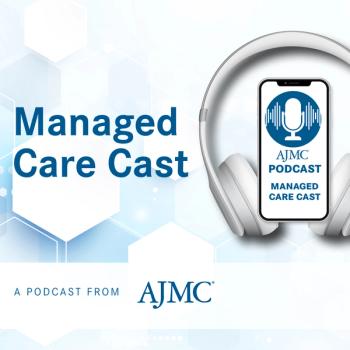
USDA Commences Nationwide Milk Testing for Bird Flu
A recent Federal Order from the US Department of Agriculture aims to track, prevent, and address contaminated dairy products while public health risk remains low.
Earlier this year, the CDC confirmed a multi-state outbreak of highly pathogenic avian influenza (HPAI) A (H5N1; bird flu) in cattle and poultry, linking a case of human infection to dairy cow exposure. Mammal-to-mammal transmission is thought to be rare; however, since April 2024, there have been 60 reported human cases throughout the US, 16 states with recorded outbreaks in dairy cows, and 49 states with poultry outbreaks.1
The virus can cause an array of mild symptoms resembling the common flu: fever, headache, fatigue, sore throat, coughing, among other respiratory symptoms. Yet, people could also experience more severe symptoms such as pneumonia, seizures, dual infection, or even complications resulting in death. Currently, the CDC believes the public health risks affiliated with bird flu remain low, but precautionary measures and efforts to enhance awareness remain of upmost importance because sporadic human cases could continue to increase.2
Among these efforts, a new
“Among many outcomes, this will give farmers and farmworkers better confidence in the safety of their animals and ability to protect themselves, and it will put us on a path to quickly controlling and stopping the virus’ spread nationwide,” said Tom Vilsack, Agriculture Secretary.
After testing starts under the NMTS, affected states will be classified on a 5-stage scale depending on the prevalence of bird flu in the respective state. Moving through all 5 stages will be pivotal for states to ensure their products are risk- and disease-free. Testing will target dairy processing facilities’ milk silos to identify which herds are experiencing infections. Rapid response measures will be used upon the detection of bird flu, including already-in-place practices such as the USDA’s contact tracing and movement control programs, and more. After a given state and the totality of its dairy herds are deemed healthy, regular testing and sampling will continue, declining over time as a precautionary measure in case the disease reemerges. Once all states demonstrate they are unaffected by bird flu, the USDA will keep systems in plays for periodic testing to make sure these herds are disease-free in the long term.
“Our primary responsibility at HHS is to protect public health and the safety of the food supply, and we continue to work closely with USDA and all stakeholders on continued testing for H5N1 in retail milk and dairy samples from across the country to ensure the safety of the commercial pasteurized milk supply,” commented Xavier Becerra, Secretary, US Department of Health and Human Services. “This testing strategy is a critical part of our ongoing efforts to protect the health and safety of individuals and communities nationwide.”
The CDC’s updated report estimates that 845 dairy herds have been impacted by bird flu, as well as over 122 million poultry.1 Additionally, over 10,000 wild birds have recorded infections throughout 51 jurisdictions. Avoiding any contact with wild birds—dead or alive—as well as infected animals, their fecal matter, and potentially contaminated surfaces are some of the more proactive, protective measures people can take. If someone’s profession puts them in close proximity with infected or potentially infected animals, appropriate protective ware is recommended. To further minimize risk, it remains important to properly handle and cook poultry and ensure to consume pasteurized milk.
Seasonal flu vaccines are not an effective tactic for preventing bird flu. For those who know or believe they have been exposed, or otherwise contract the illness, please see
References
1. H5 Bird Flu: Current Situation. CDC. December 13, 2024. Accessed December 16, 2024. https://www.cdc.gov/bird-flu/situation-summary/index.html
2. What Causes Bird Flu Virus Infections in Humans. CDC. May 3, 2024. Accessed December 16, 2024. https://www.cdc.gov/bird-flu/virus-transmission/avian-in-humans.html
3. USDA Announces New Federal Order, Begins National Milk Testing Strategy to Address H5N1 in Dairy Herds. USDA. Press Release. December 6, 2024. Accessed December 16, 2024. https://www.usda.gov/article/usda-announces-new-federal-order-begins-national-milk-testing-strategy-address-h5n1-dairy-herds
Newsletter
Stay ahead of policy, cost, and value—subscribe to AJMC for expert insights at the intersection of clinical care and health economics.















































